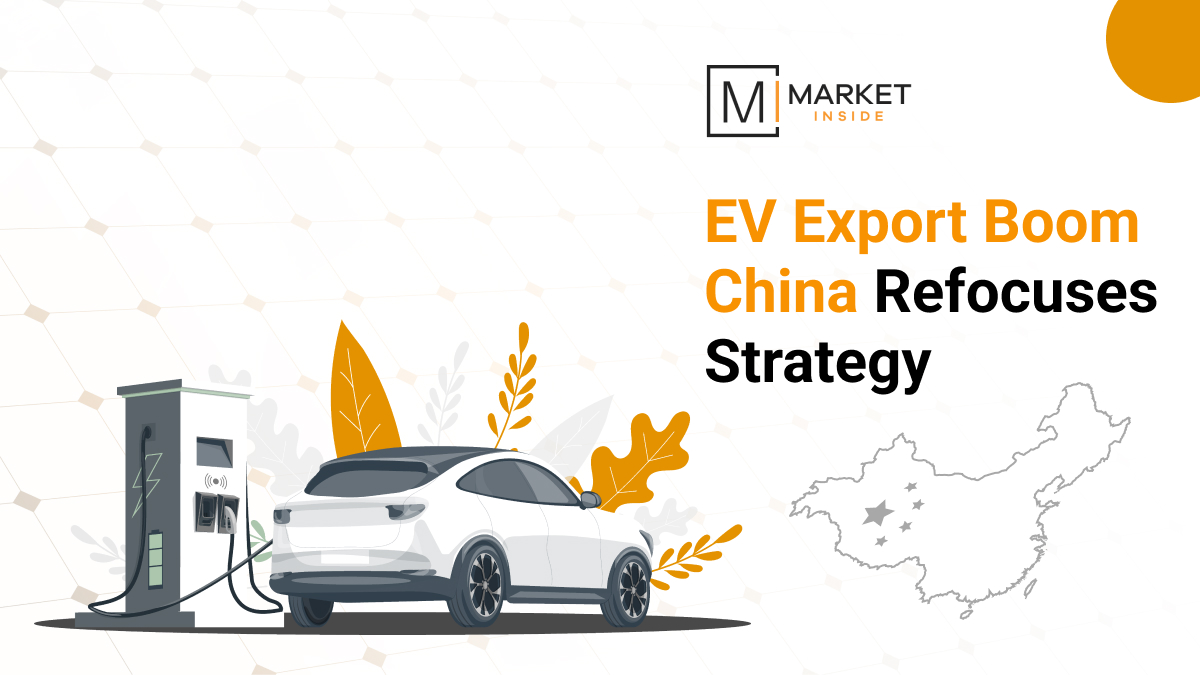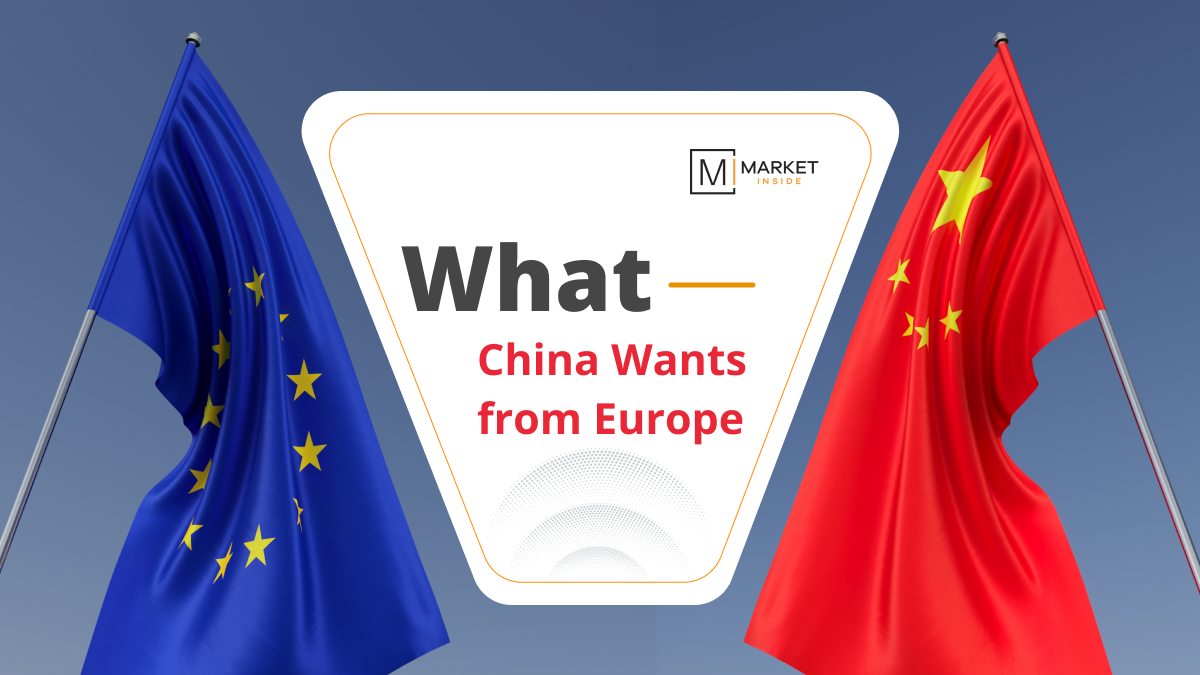China’s electric vehicle (EV) industry, once fueled by massive state subsidies, is entering a new era. As Beijing unveils its latest Five-Year Plan (2026–2030), one of the most notable shifts is the phase-out of EV subsidies that have powered domestic demand for over a decade. Instead, policymakers are pivoting toward a model that emphasizes export growth, innovation, and global competitiveness.
From Subsidy-Fueled Growth to Self-Sustaining Industry
Over the past ten years, generous government support—through direct subsidies, tax incentives, and infrastructure investment—turned China into the world’s largest EV market. By 2024, China accounted for more than 60% of global EV sales.
But as the EV market matures, the government believes the time has come to wean the sector off state aid. The new Five-Year Plan removes EVs from its “strategic emerging industries” list, signaling that China’s electric vehicle ecosystem must now compete on market strength rather than policy protection.
Export Boom Becomes the New Growth Engine
While subsidies are fading, exports are surging. Chinese automakers have ramped up shipments to Europe, Southeast Asia, the Middle East, and Latin America, capitalizing on cost advantages and fast-improving technology.

| Region | Value USD Billion |
| World | 8.0 |
| Europe | 2.4 |
| Latin America | 2.3 |
| Middle East | 0.6 |
*****Stats are of HS Code 870360
In 2025 alone, China is expected to export more than 2 million electric vehicles, outpacing Japan as the world’s top auto exporter. Companies have expanded assembly plants and partnerships in overseas markets, positioning themselves as global players rather than domestic champions.

| Year | Value USD Billion |
| 2020 | 0.9 |
| 2021 | 1.4 |
| 2022 | 2.5 |
| 2023 | 4.3 |
| 2024 | 8.0 |
*****Stats are of HS Code 870360
Technology and Supply Chains Take Center Stage
With financial support receding, Beijing’s focus is turning toward technological innovation and supply chain resilience. The new plan emphasizes:
- Next-generation batteries (solid-state, sodium-ion)
- Smart manufacturing and automation
- Software-defined vehicles and AI integration
- Green energy integration in EV production and charging networks
These priorities aim to ensure China retains its lead in EV value chains, from battery materials to intelligent driving systems.
Global Challenges and Rising Trade Tensions
However, China’s export-driven EV strategy faces growing scrutiny abroad. The European Union and the United States have launched investigations into alleged state subsidies and unfair pricing, raising the threat of tariffs or trade barriers.
As China’s EV exports expand, balancing global competitiveness with fair trade compliance will be a major diplomatic and commercial test.
The Road Ahead
China’s decision to cut EV subsidies marks the end of an era—but not the end of its dominance. The policy shift reflects confidence that its EV sector can now stand on its own wheels. As domestic demand stabilizes and global markets open up, China’s next chapter will be defined by innovation, branding, and international expansion. For global automakers, this new phase signals fiercer competition, but also collaboration opportunities in green technology and sustainable transport. Gain more insights on China’s EV industry at Market Inside with essential and authentic data.




